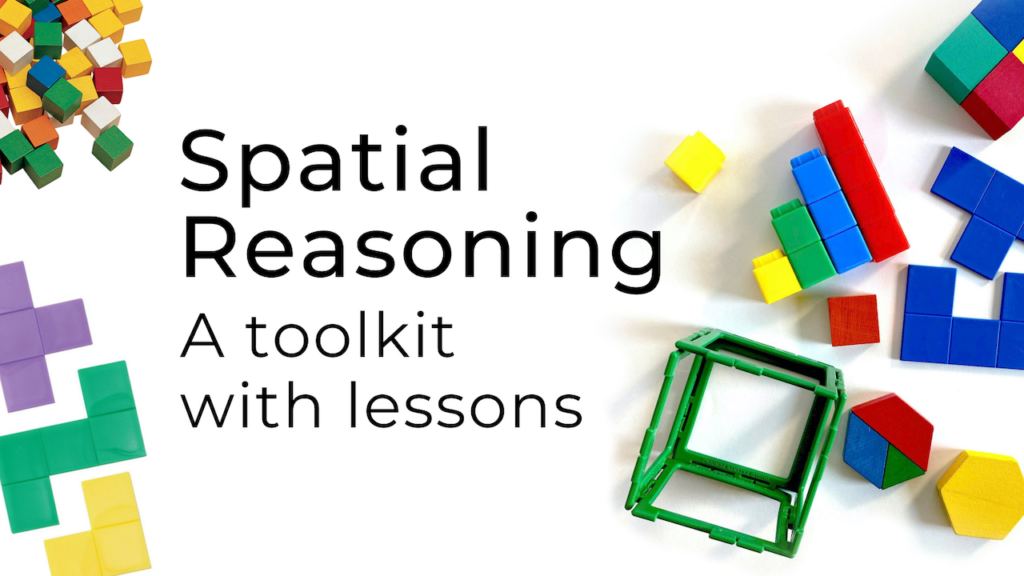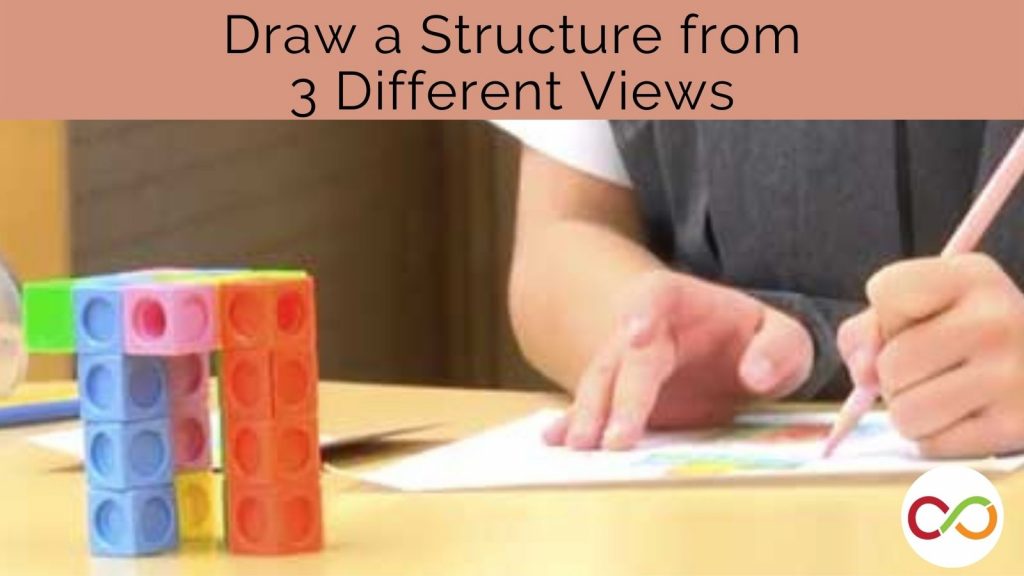Box or Not?
Primary (Age 5 – 9)
Curriculum Goal
Primary: Geometry and Spatial Sense
- Identify two-dimensional shapes and three-dimensional figures and sort and classify them by their geometric properties.
- Compose and decompose two-dimensional shapes and three-dimensional figures.
Context
- This activity strengthens visualization skills, mental rotation skills, and supports a child’s ability to imagine transformation from a 2D to a 3D structure.
- Children look at pre-arranged square frameworks to determine whether the frameworks will create an open box or not.
Materials
- Square-shaped Polydron frameworks (if not available, cardstock paper can be used)
Lesson
- Facilitate a discussion with students about 2D and 3D shapes, their properties, similarities, differences and how they are related.
- Lay a framework flat on the ground and allow students to imagine how it will transform into an open box.
- Carefully fold the sides of the box to show students how the box is created.
- Allow students’ turns to hold, flatten and re-create the box for several minutes.
- Show students a different framework and have them imagine how they could fold it into a box (or not).
- Invite students to verbalize their explanations using spatial language to share their predictions of whether an open box can be formed or not.
Look Fors
- Can the child articulate the properties of the 2D and 3D shapes (e.g. number of sides, number of vertices)?
- Can the child articulate the difference between 2D and 3D shapes? Can they categorize them?
- Can the child clearly articulate with words and gestures how the frames can be folded into boxes?
- Does the child use spatial language?
- Observe: gesturing, embodied cognition, and language as students reason about their conclusions.
Extension
- After children have become familiar with this activity, it can be extended to include different 3D structures (e.g. pyramid, rectangular prism).
- Eventually, have students create their own framework sets and challenge their classmates.
- Show the children a constructed 3D structure and have them create all possible nets.
Share this lesson
Share on facebook
Share on twitter
Share on email


